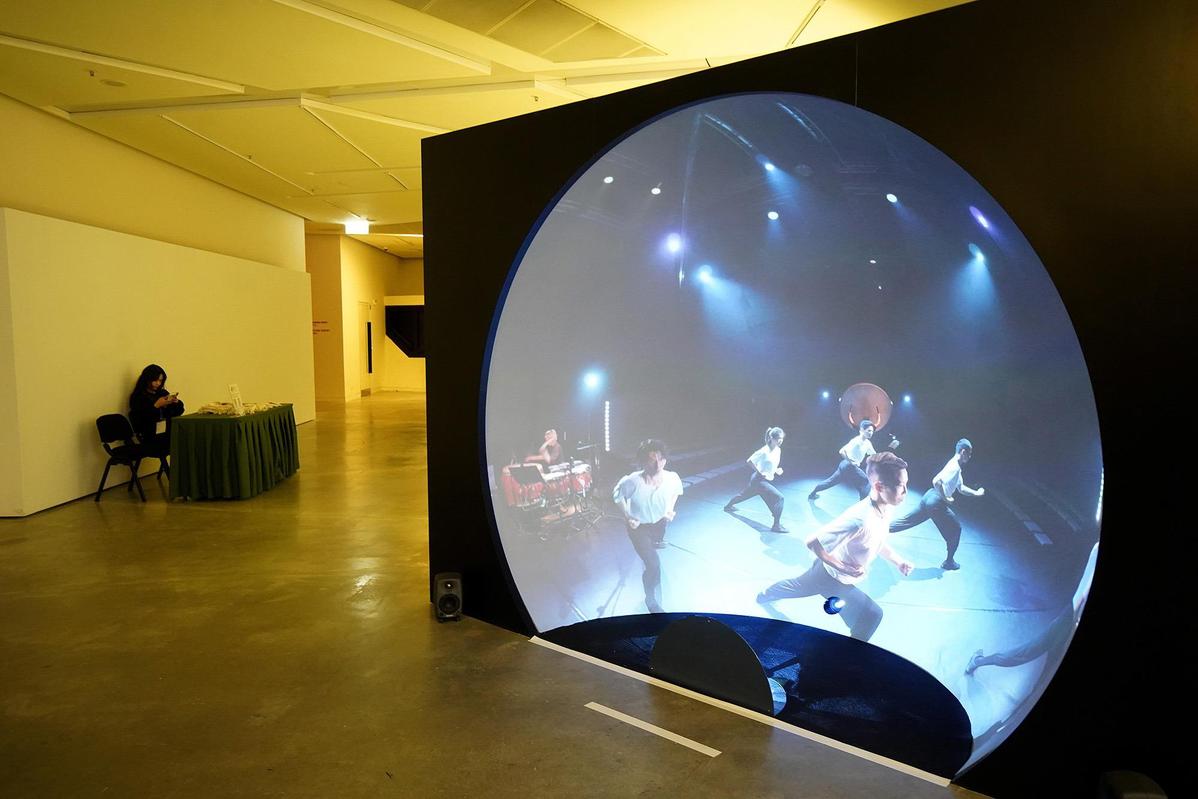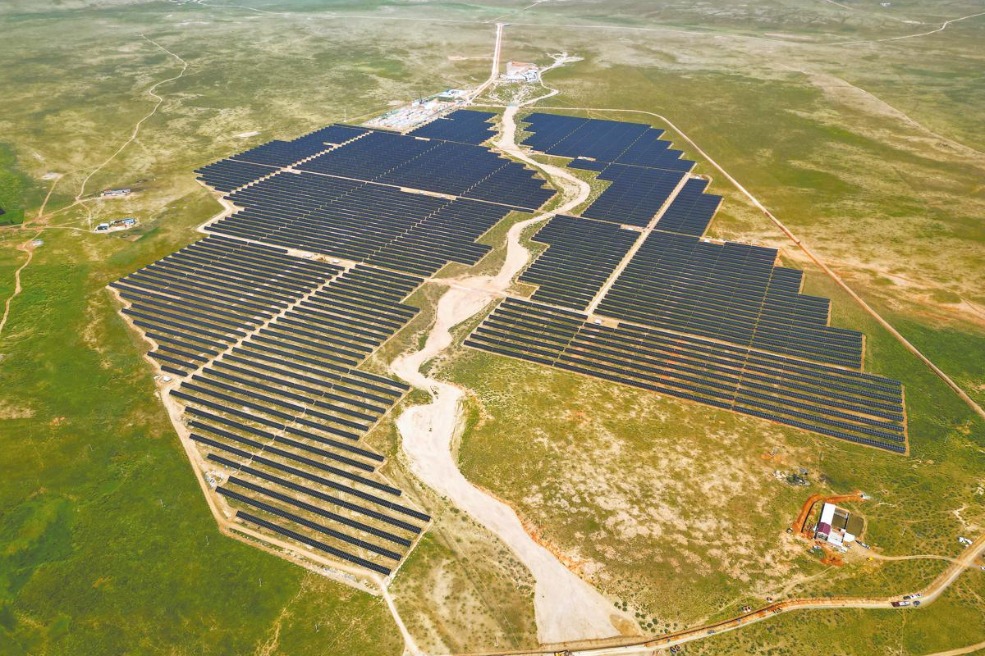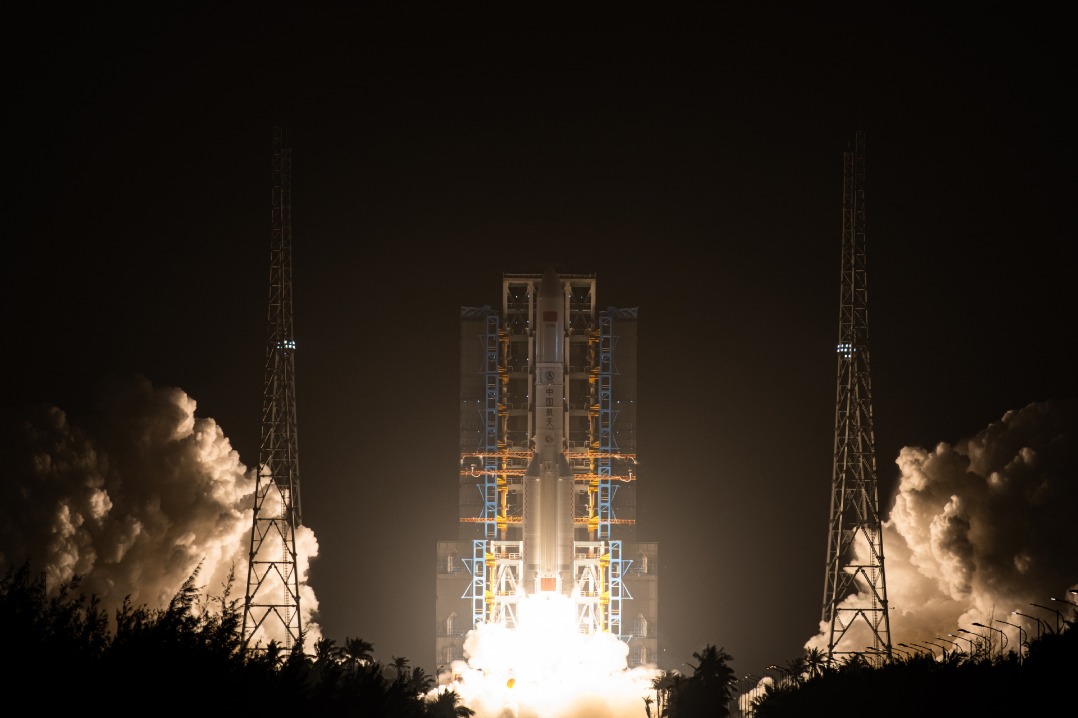Can motion capture make the cut?


Digital limits
Using digital animation to store martial arts knowledge has its downsides. According to "The Role of Casting Methods in Preserving Traditional Martial Arts through Motion Capture Technology", a paper published by the Multimedia University of Malaysia in July, the technology "primarily focuses on capturing physical movements, often resulting in the loss of critical metadata associated with the cultural context and historical significance of the movements". Gaps like these, the paper adds, "can lead to incomplete or inaccurate interpretations of the captured data, undermining the reliability and authenticity of the preserved cultural heritage". It also goes on to explain why modern technology may not be able to capture complex and fast-paced sequences accurately.
Advocates of motion capture argue that the technology makes combat training more accessible. It is available at a fraction of the price of training under the supervision of a martial arts exponent in a traditional setup. A digital library sounds like a boon for those who want to explore martial arts but cannot commit to the hours offered by training centers. For those who might want to limit human contact while learning the craft, motion capture seems the ideal solution.
























